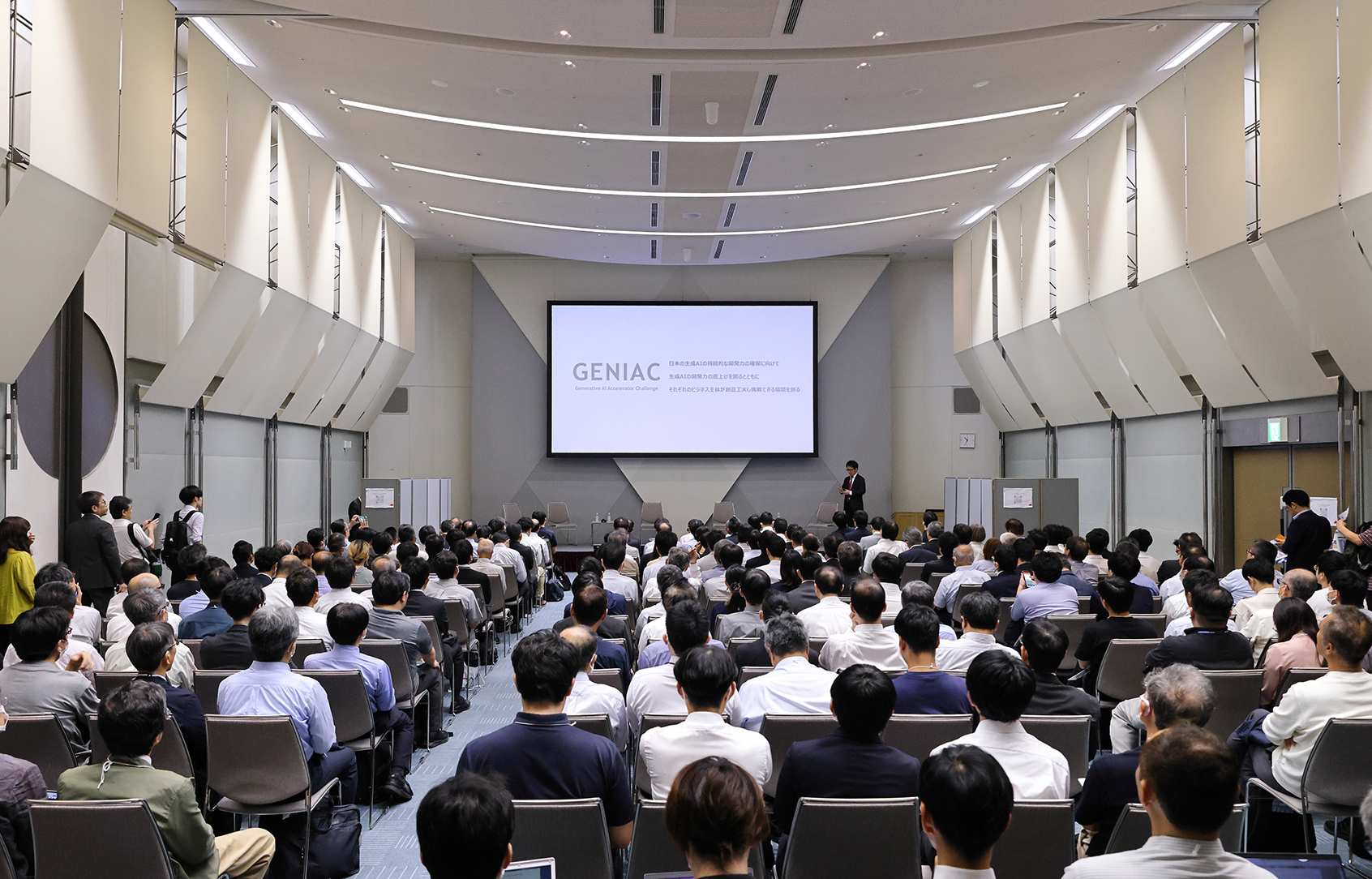
2024/12/27
On Friday, October 18, 2024, a conference featuring presentations by GENIAC-selected developers was held as part of CEATEC 2024, Japan's one of the largest IT and electronics exhibitions. The event included five programs showcasing the achievements of the first cycle, presentations from second-cycle developers, and panel discussions highlighting GENIAC's initiatives.
[Part 1] "Unleashing Japan’s Generative AI Development Potential" — The Current Status of the Generative AI Support Project "GENIAC" Led by METI and NEDO

In Part 1 of the program, Takuya Watanabe from METI delivered a keynote speech titled "The Background, Objectives, and Achievements of the GENIAC Project." He explained the rationale and goals behind the launch of GENIAC by METI and NEDO. Watanabe also highlighted the achievements of the first cycle, which concluded in August 2024, including the successful development of large-scale foundation models with over one trillion parameters, rivaling global standards.

Following the keynote, a panel discussion was held with Watanabe serving as the facilitator. The panel featured Daisuke Okanohara from Preferred Elements, Tatsu Hayashi from Stockmark, Yutaka Matsuo from the University of Tokyo’s Graduate School of Engineering, and Toshitaka Yasuhara from Google Cloud. Topics included the significance of GENIAC, reasons for participation, knowledge learned and challenges overcome in the first cycle, current projects, and future challenges.
[Part 2] Development Achievements by Foundation Model Developers Under GENIAC

In Part 2, developers selected for the first cycle presented their achievements. Daisuke Okanohara of Preferred Elements, Inc. reported that the company had established a technology foundation for building large-scale multimodal foundation models with 100 billion parameters and one trillion parameters entirely within Japan. He noted that their 100-billion-parameter model achieved world-class performance on benchmarks for Japanese language capabilities. For the second cycle, Okanohara stated their goal of achieving top-tier Japanese language performance using one-tenth of the previous inference cost.

Tatsu Hayashi, Stockmark Inc. speaks "hallucination" is a key barrier to the adoption of generative AI services. He introduced 100-B LLM specialized for recent business knowledge. Stockmark also start collaboration whit companies to develop LLMs and RAG systems.

Yousuke Okada of ABEJA, Inc. delivered a presentation on the challenges of LLM development and social implementation. He explained that resolving the trade-offs between accuracy and cost in LLMs requires reducing the cost of creating custom models while improving RAG+Agent accuracy. Okada emphasized their aim to dramatically enhance labor productivity by utilizing LLMs as a business process outsourcing (BPO) solution.

Koichi Shirahata of Fujitsu reported on the development of specialized foundation models designed to meet corporate needs, such as utilizing unstructured data and ensuring regulatory compliance. He shared their achievements in the first cycle, including the construction of two LLMs: a "Knowledge Graph Generation LLM" and a "Knowledge Graph Reasoning LLM," both achieving world-class benchmarks for Japanese language capabilities. Shirahata also announced the launch of "Takane", a Japanese-language large language model (LLM) designed for secure enterprise use."

Jungo Kasai, CTO of Kotoba Technologies Japan, began developing domestic LLMs using the Fugaku supercomputer. During the first cycle of GENIAC, the company initiated the creation of the Kotoba-Speech speech foundation model, which enables real-time, end-to-end Japanese-English translation. For the second cycle, the company aims to commercialize speech translation models applicable to municipalities, media, and the insurance industry, as well as speech chatbots designed for use in education and call center operations.

Yu Yamaguchi of Turing Inc. presented the development status of "HERON," a multimodal foundation model integrating vision and language, aimed at achieving fully autonomous driving. Yamaguchi explained plans to integrate HERON with "Terra," a model that generates videos of realistic driving scenes while understanding complex physical laws and object interactions, ultimately striving to enable human-like decision-making in autonomous driving systems.
[Part 3] The Current State of Generative AI Social Implementation and Japan's Winning Strategies

In Part 3, Masahiro Nakagawa from Boston Consulting Group (BCG), which supports the management of GENIAC, delivered a lecture on "Global Trends, the Current State of Social Implementation in Japan, and Future Prospects." Nakagawa shared survey results indicating that Japan ranks lowest among major countries in terms of the impact of generative AI on jobs but has the highest level of concern. He also noted that GENIAC has transitioned from an experimental phase to increasing examples of generative AI being utilized for corporate transformation this year.

The subsequent panel discussion, moderated by Nakagawa, focused on themes such as "The Current State of User Companies, Case Studies from Various Companies, and Collaboration Between User and Development Companies." Panelists included Shirahata, Okada, and Ken Otani from Microsoft Japan as a hyperscaler. The discussion covered recent developments over the past one to two years, the winning strategies for Japanese players, and key factors for advancing social implementation.
[Part 4] GENIAC's Future Initiatives to Accelerate Social Implementation

In Part 4, Daisuke Suginoo from METI's Information Processing Industry Office gave a presentation on GENIAC's future prospects. He explained the importance of securing competitiveness in the restructured value chain of AI utilization driven by the AI revolution and provided an outlook on domestic and international demand for generative AI.
Suginoo highlighted GENIAC’s multifaceted support, combining computational resource assistance, strengthened collaboration with data holders, and the promotion of exchanges within the AI development community. He added that GENIAC will continue providing computational resources to developers working on foundation models for social implementation during the second cycle.

Subsequently, presentations were given by developers selected for the second cycle. Yu Saito of DATAGRID Inc., an AI startup originating from Kyoto University, introduced their work on AI solutions for image and video generation and AI data generation platforms for the manufacturing industry. Saito explained that under GENIAC, they are developing a platform for vision-based foundation models capable of generating data in images and videos according to user intent. He also mentioned the simultaneous development of AI models for deepfake detection to ensure safe and effective generative AI solutions tailored to various industries.
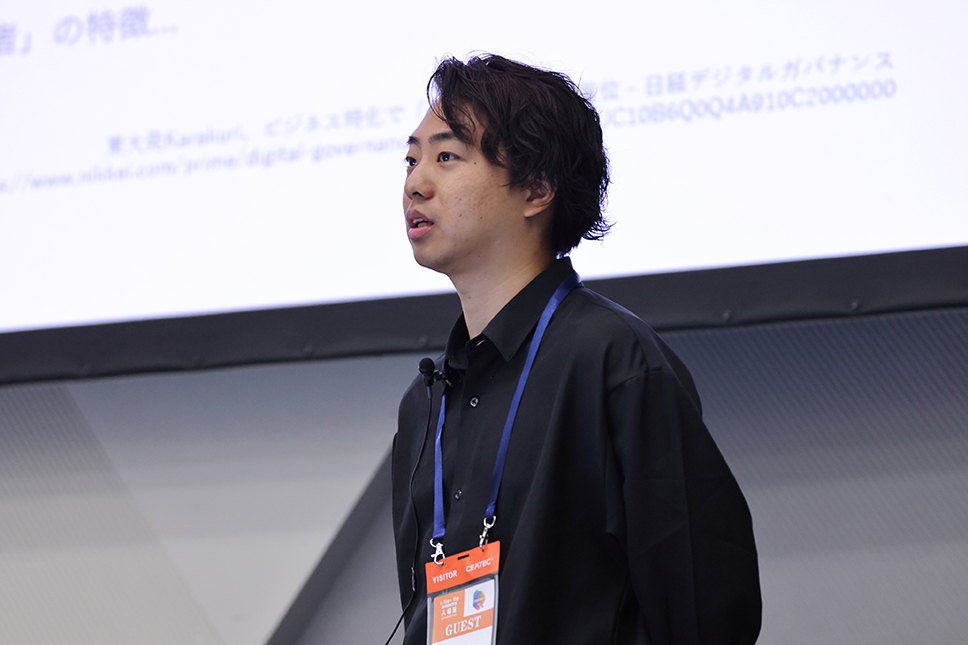
Tomofumi Nakayama of Karakuri, Inc., an AI startup originating from the University of Tokyo, discussed the development of high-quality AI agents tailored for Japanese customer support. Highlighting challenges such as labor shortages, stressful work environments, and Japan's aging population, Nakayama emphasized the urgent need to enhance productivity. He stated that Karakuri aims to develop localized models capable of accurate Japanese processing while minimizing hallucinations. In the second cycle of GENIAC, the company plans to create specialized datasets and benchmarks for customer support and share development know-how.
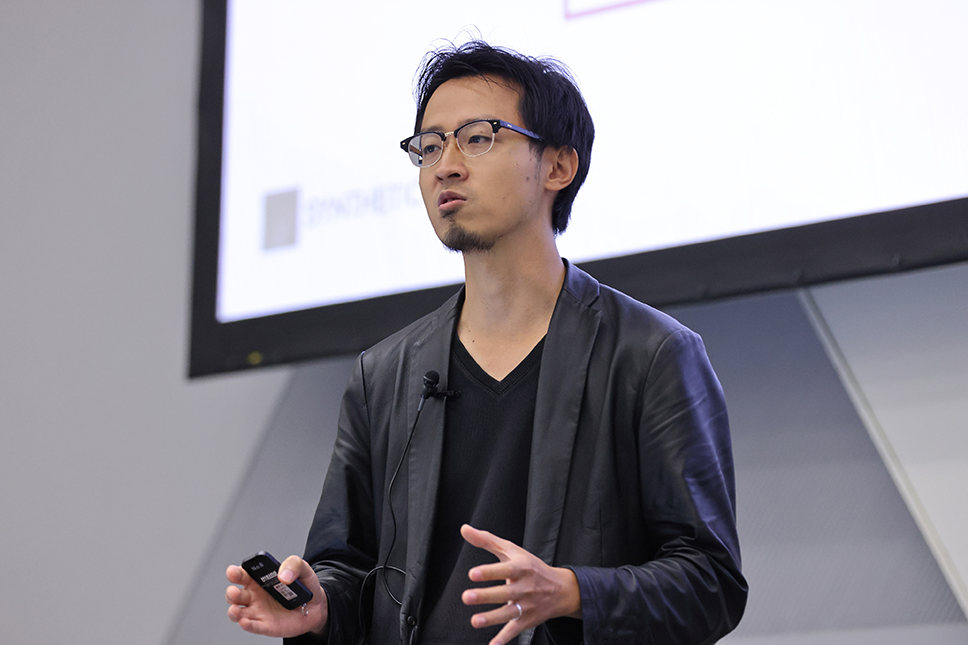
Koki Shimada of SyntheticGestalt KK presented on the development of a foundation model specializing in molecular information to enable AI-driven drug discovery. Noting that current molecular information datasets are limited to several hundred thousand entries, Shimada explained that GENIAC aims to develop "SG4D10B," a foundation model capable of handling over 10 billion data points for unknown compounds. The goal is to achieve top-three performance on global benchmarks in the drug discovery field.
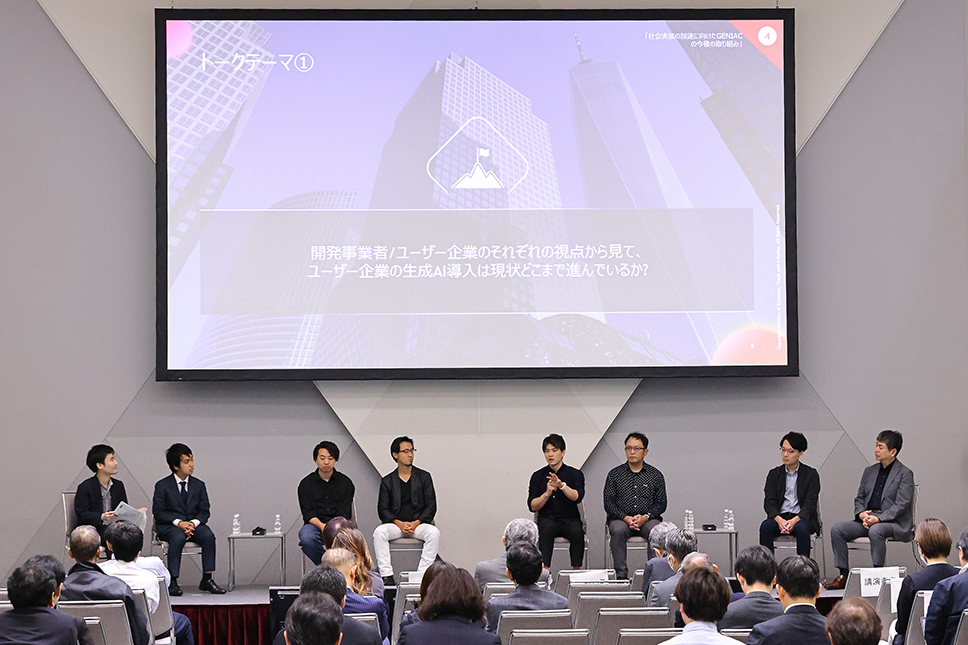
The subsequent panel discussion, titled "Opportunities in Modalities and Fields from the Perspective of User Companies," featured second-cycle developers Saito, Nakayama, and Shimada. Joining them were representatives from user companies, including Ryota Ishibe from Chugai Pharmaceutical Co., Ltd., Takeshi Otsuka from Benesse Corporation, Shunya Ishihara from AGC Inc., and Norihiko Nakabayashi from Lion Corporation. The panelists discussed the progress of generative AI within their respective companies, the potential and use cases of specific modality- and domain-focused models, and challenges and solutions for adopting generative AI in Japan.
[Part 5] Supporting the Promotion of Data and AI Utilization through GENIAC — Efforts in the Data Utilization and Generative AI Demonstrations Project
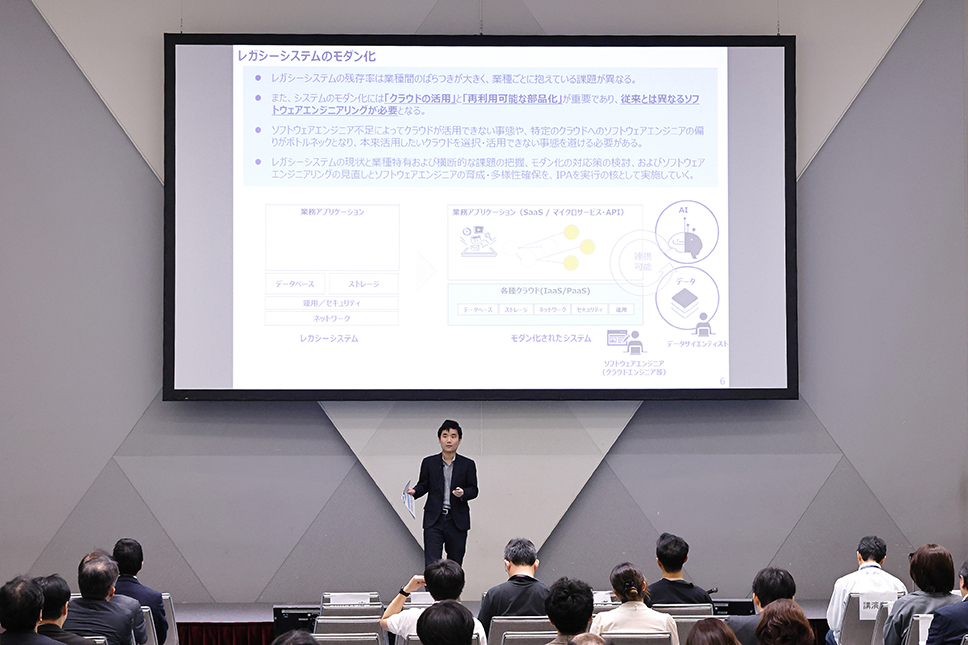
In Part 5, Daisuke Suginoo from METI delivered a presentation on GENIAC’s initiatives for the data and generative AI utilization demonstration project. Suginoo explained that the project aims to address various challenges across the value chain of generative AI development and utilization. He emphasized the goal of widely sharing the results of three types of demonstration experiments.
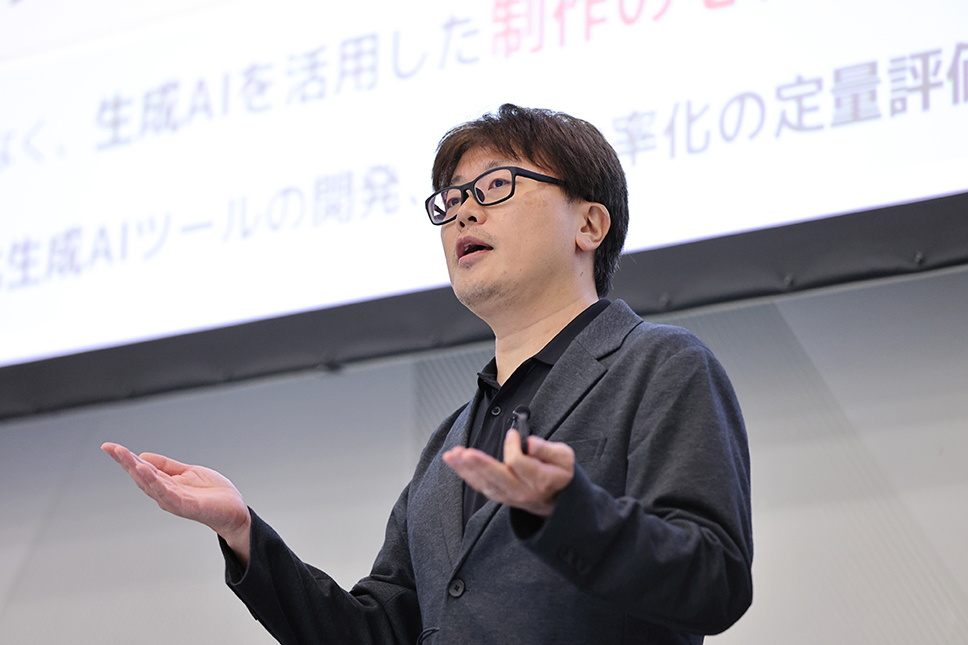
The program continued with presentations from developers selected for the data and generative AI utilization demonstration project. Tatsuo Yotsukura of OLM Digital, Inc., a video production company, discussed the potential of "Anime × Generative AI." Yotsukura explained that the project focuses on two themes: using AI in processes such as keyframe and finishing tasks, and supporting character design with AI. These efforts will be carried out under the "ALL JAPAN" framework, involving multiple anime companies and collaborations among industry, academia, and government.
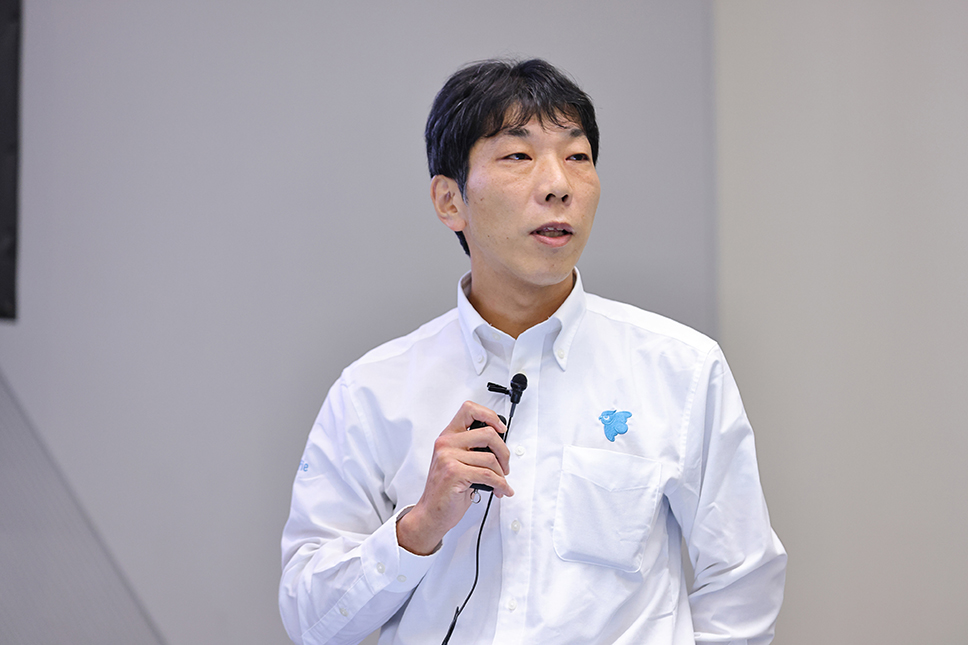
Kazuma Morimoto of Safie Inc., a provider of cloud recording solutions, introduced efforts to promote problem-solving across various industries through the analysis of surveillance camera footage. By collaborating with data holders and AI developers using the company’s services, Morimoto explained that Safie aims to resolve challenges such as privacy protection and data collection. In the demonstration experiment, Safie plans to use its video footage as training data to develop an efficient and secure MLOps system. The effectiveness of this system will be tested in three areas: detecting unsafe behaviors and vehicles in construction, and identifying falls in the caregiving field.
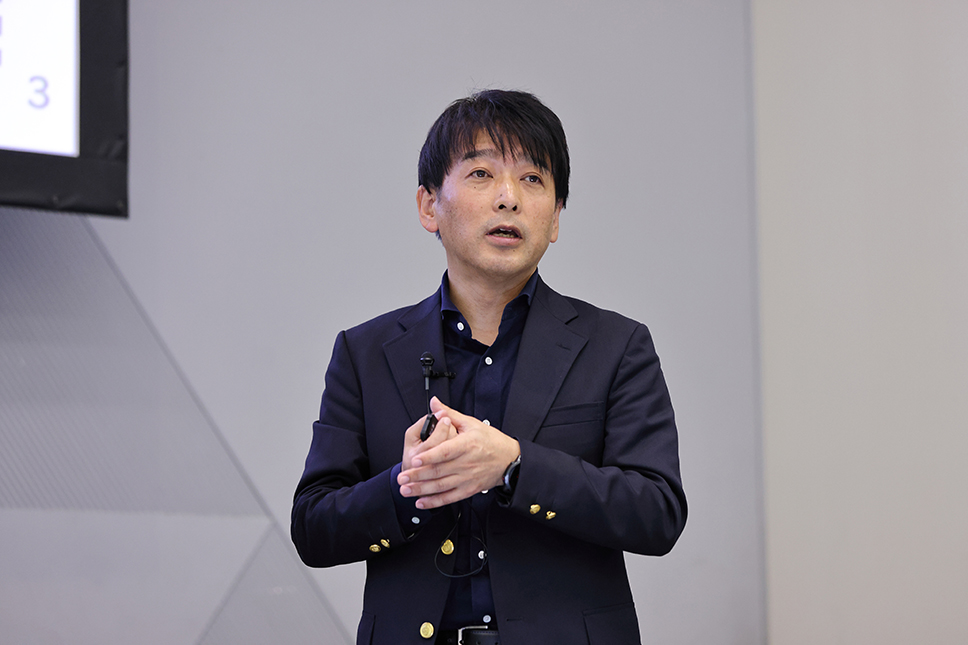
Takeshi Fukuchi of SoftBank Corp. described comprehensive research on constructing new datasets for use as training data to accelerate generative AI development in Japan. This initiative involves collaboration with Macromill and Nippon Total Teleservices to collect over 1 million data points from approximately 30,000 participants. Additionally, SoftBank plans to collaborate with four entities, including ABCI, Stockmark, and Kotoba Technologies Japan, to manage and utilize the dataset alongside existing cloud systems. After the project concludes, commercialization efforts will be pursued, led by SoftBank and the National Institute of Advanced Industrial Science and Technology (AIST).
From Strengthening Generative AI Development Capabilities to Accelerating Social Innovation
The CEATEC 2024 event featuring GENIAC-selected developers provided valuable opportunities for participants to deepen their knowledge and gain insights that could inform their future development efforts.
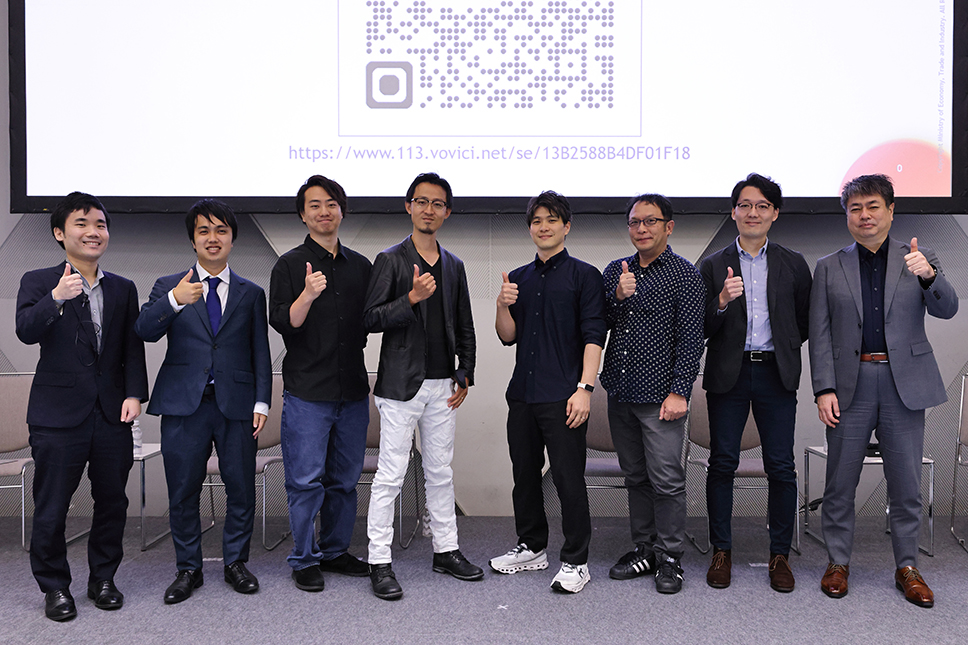
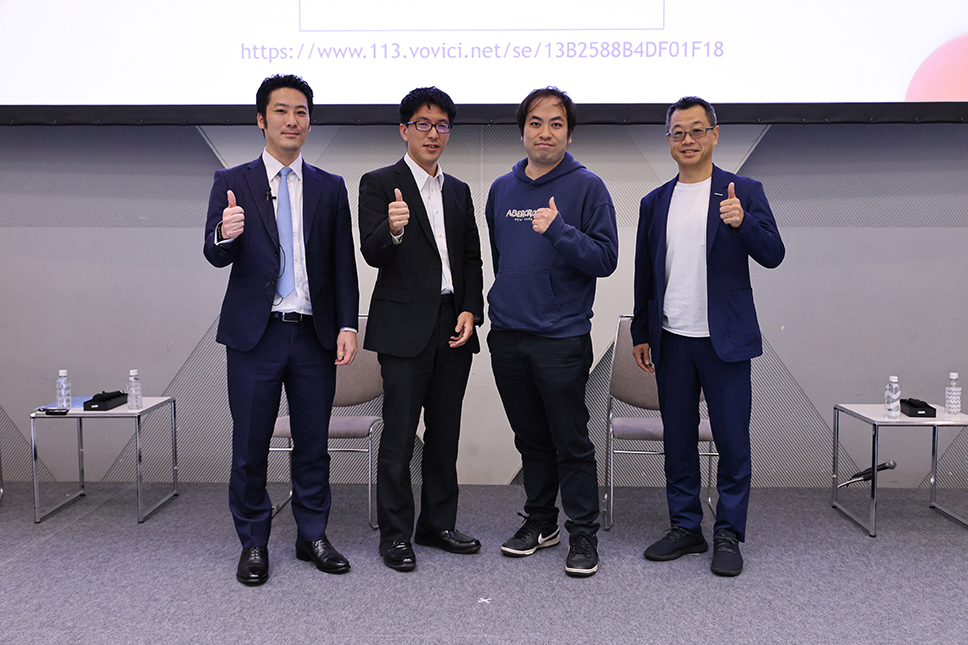
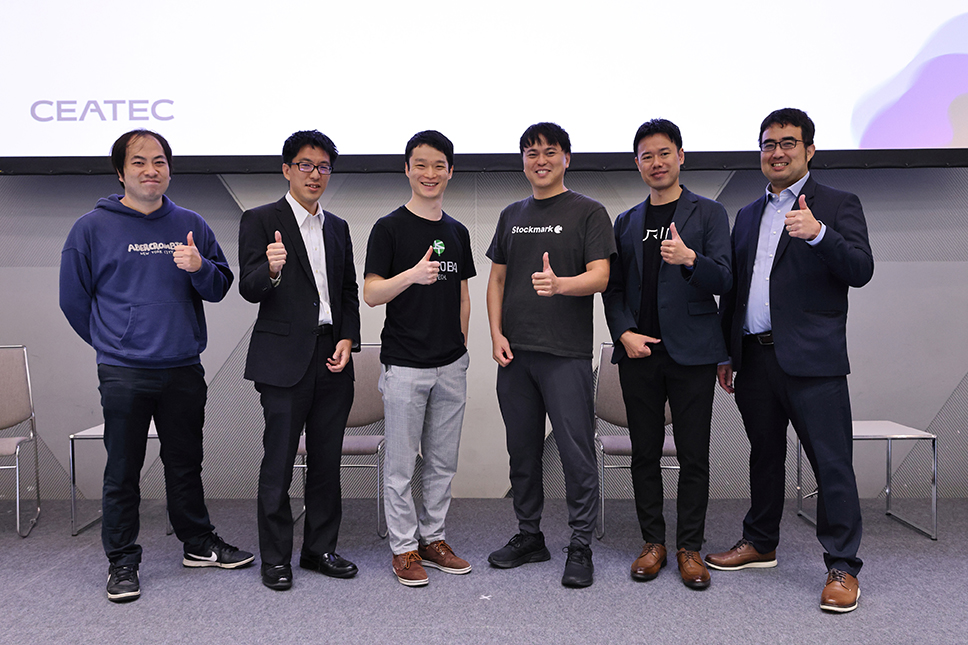
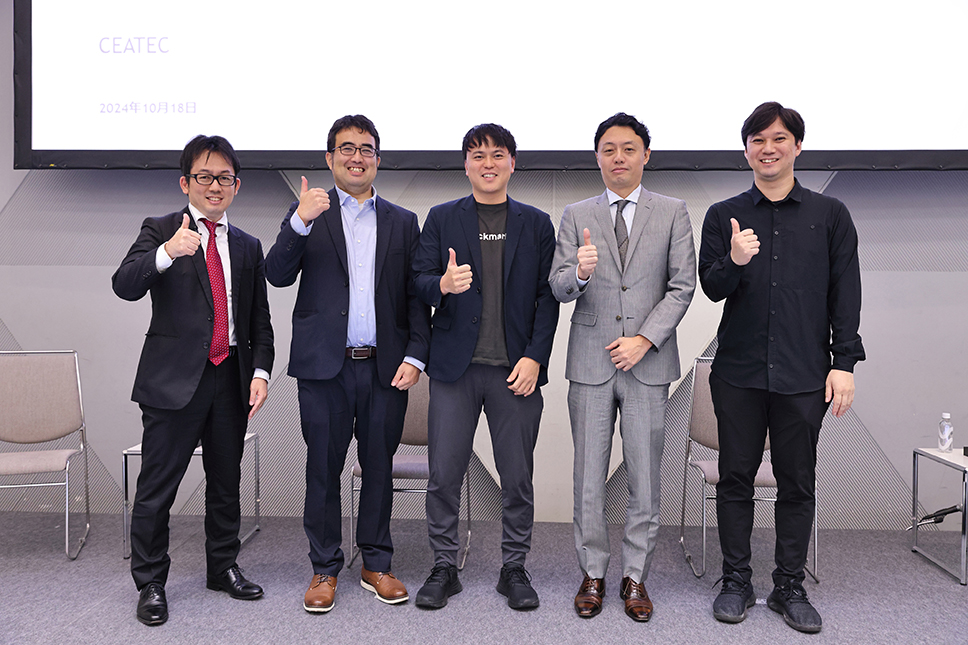
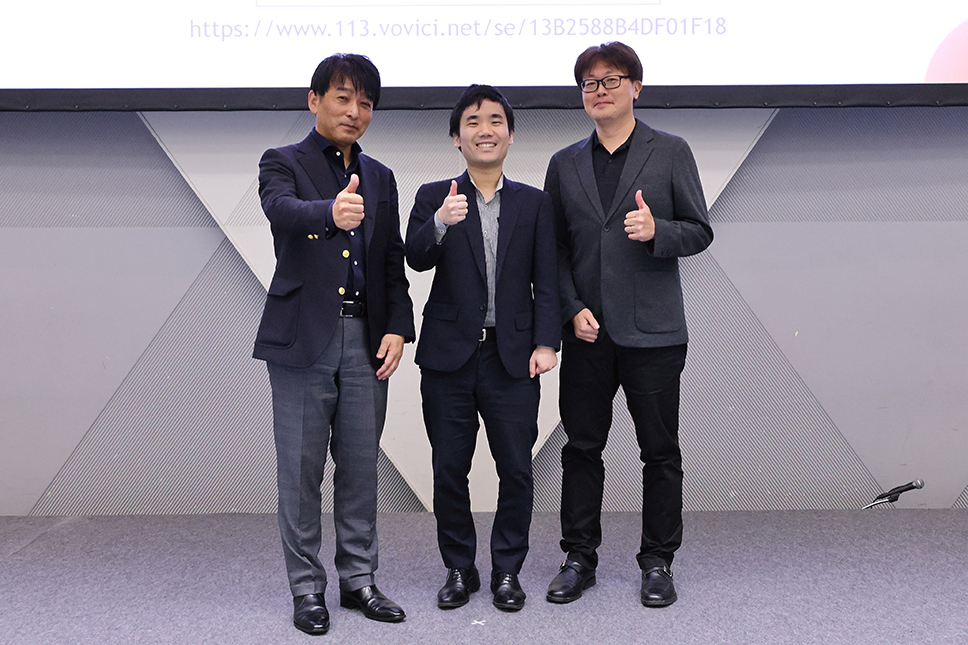
Through its support for large-scale foundation model development and initiatives targeting Japan-specific challenges in fields such as customer support, AI-based drug discovery, and video generation, GENIAC aims to enhance competitiveness across industries by advancing data demonstration projects.
Stay tuned for GENIAC’s continued support for accelerating AI development and promoting social implementation, as well as the innovations pursued by developers in the field of generative AI.
Last updated:2024-02-01